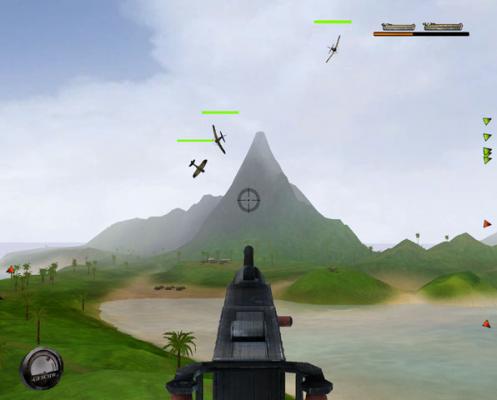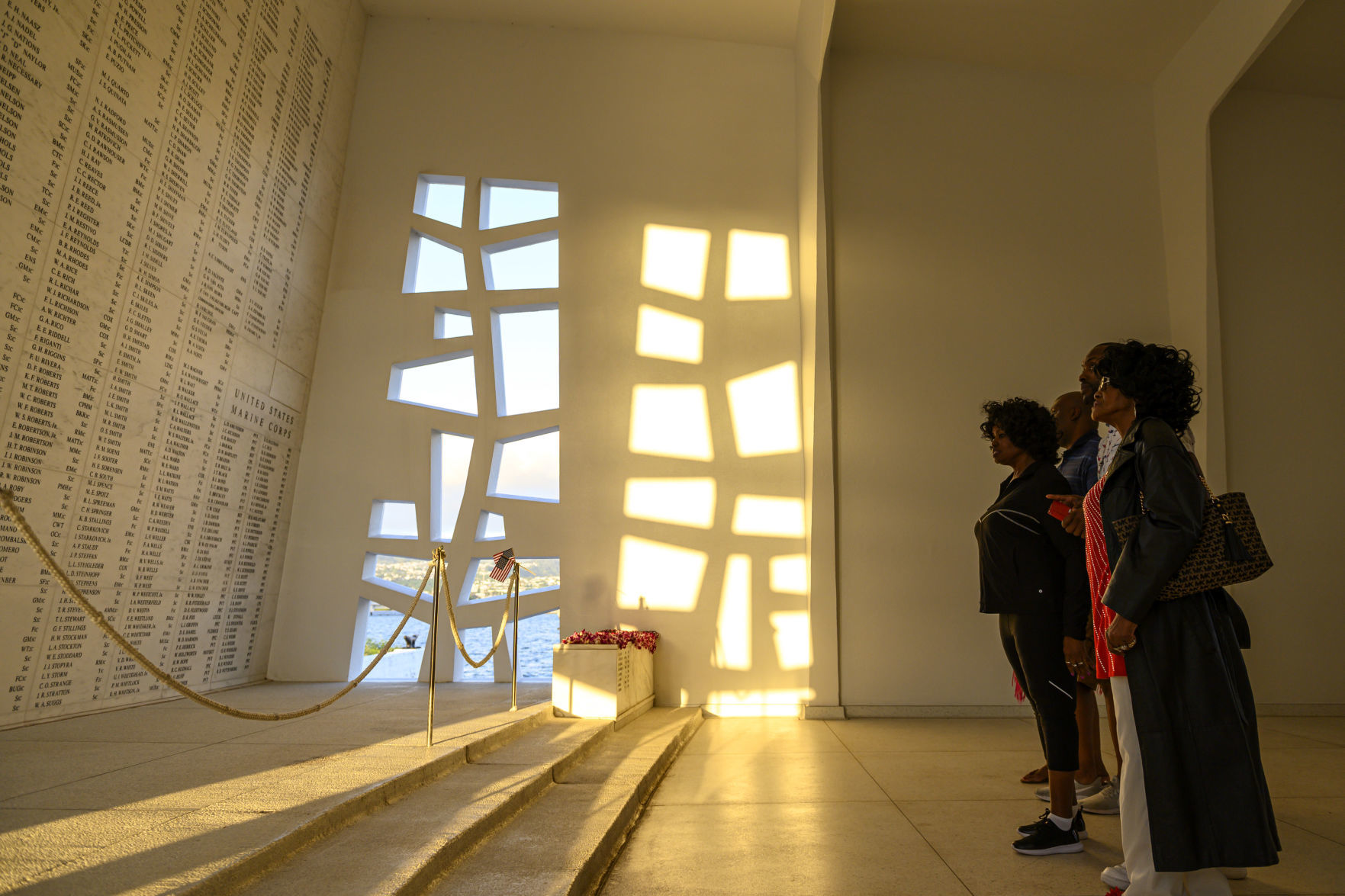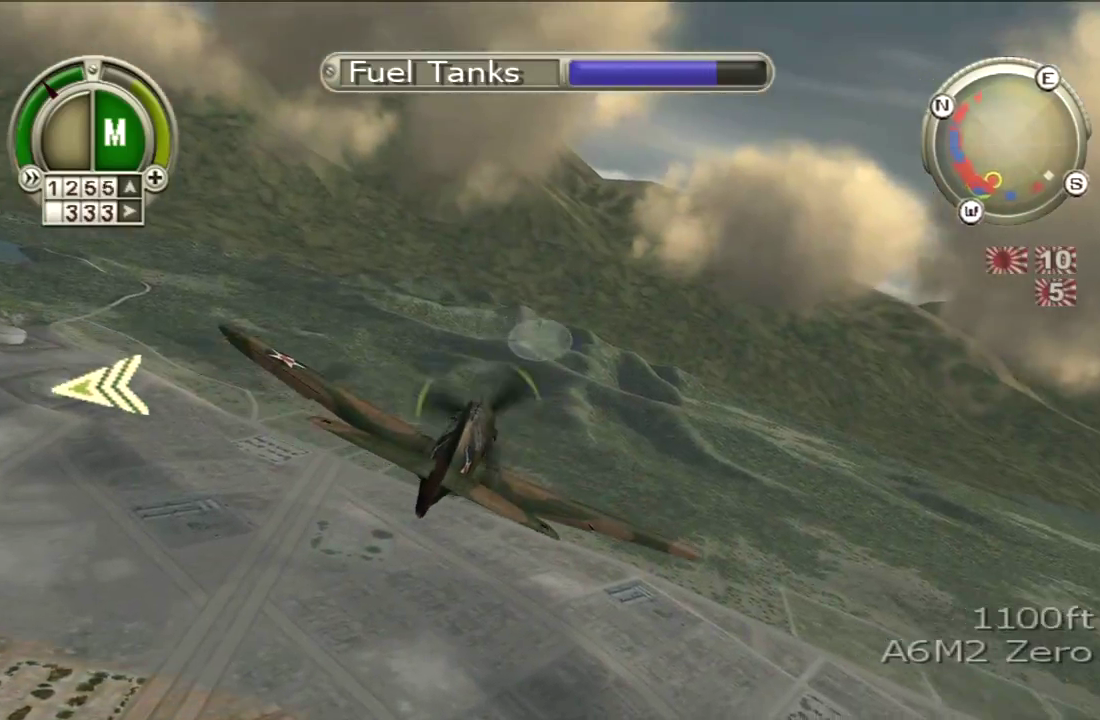
American commanders next set their sights on an island-hopping campaign across the central Pacific. began to halt Japan’s aggressive expansion in the Pacific with important battle victories at Midway Island (June 1942) and Guadalcanal (August 1942-February 1943) in the South Pacific.

Pacific Strategy: 1943Īfter entering World War II in December 1941 following the Japanese attack on Pearl Harbor, Hawaii, the U.S. Despite heavy resistance from the 4,500 Japanese troops dug in on Betio, the Marines finally took the island after a bloody, 76-hour battle in which both sides suffered heavy casualties. Japanese coastal guns pounded the snagged vessels and desperate Marines gave up on freeing the boats and instead waded toward shore–hundreds of yards away– through chest-deep water amidst enemy fire. landing crafts from clearing the coral reefs that ringed the island. Marines sent to tiny Betio were expected to easily secure it however, problems quickly arose. began its Central Pacific Campaign against Japan by seizing the heavily fortified, Japanese-held island of Betio in the Tarawa Atoll in the Gilbert Islands. In the Battle of Tarawa (November 20-23, 1943) during World War II (1939-45), the U.S.

For his actions, Miller was commended by the Secretary of the Navy Frank Knox on April 1, 1942. Of the ship’s 1,541 men, 130 were killed and 52 wounded. The USS West Virginia sank to the bottom of the harbor. I guess I fired her for about fifteen minutes. I had watched the others with these guns. I just pulled the trigger and she worked fine. When asked how he managed to fire with such prowess, Miller said, “It wasn’t hard. 50-caliber Browning anti-aircraft machine gun until it ran out of ammunition. Then, without rest, and before being ordered to abandon ship, Miller fired an unmanned. He carried several men to safe quarters, then retrieved the ship’s injured captain, Mervyn Bennion. Miller returned to deck, and because of his physical prowess, was assigned to help carry his fellow wounded sailors to safety. But when he got to his position, he found it destroyed by torpedo. Miller raced for his battle station, the anti-aircraft battery magazine amidships. As he began collecting the ship’s laundry, an alarm from General Quarters sounded. On December 7, 1941, Miller woke up early to begin his workday. It was there that Miller became the ship’s heavy-weight boxing champion, earning the respect of his compatriots. This was one of the only positions available to African-Americans at the time, due to Navy segregation.įollowing his promotion, Miller was assigned to the USS Pyro, where he served as a mess attendant before being transferred in 1940 to the USS West Virginia.

Miller completed training at the Naval Training Station in Norfolk, Virginia, where he was promoted to Mess Attendant Third Class. He worked on the family farm with his three brothers until September 16, 1939, when Miller enlisted in the Navy to earn extra money for his family.

Miller was born on October 12, 1919, in Waco, Texas. His bravery during Japan’s surprise attack on Pearl Harbor helped to save countless lives. His actions during the Japanese attack on Pearl Harbor helped save many lives and served as an inspiration to countless others.ĭoris “Dorie” Miller was an unsung hero of World War II. Doris “Dorie” Miller, an African American sailor, was one of the most unsung American heroes of World War II.


 0 kommentar(er)
0 kommentar(er)
